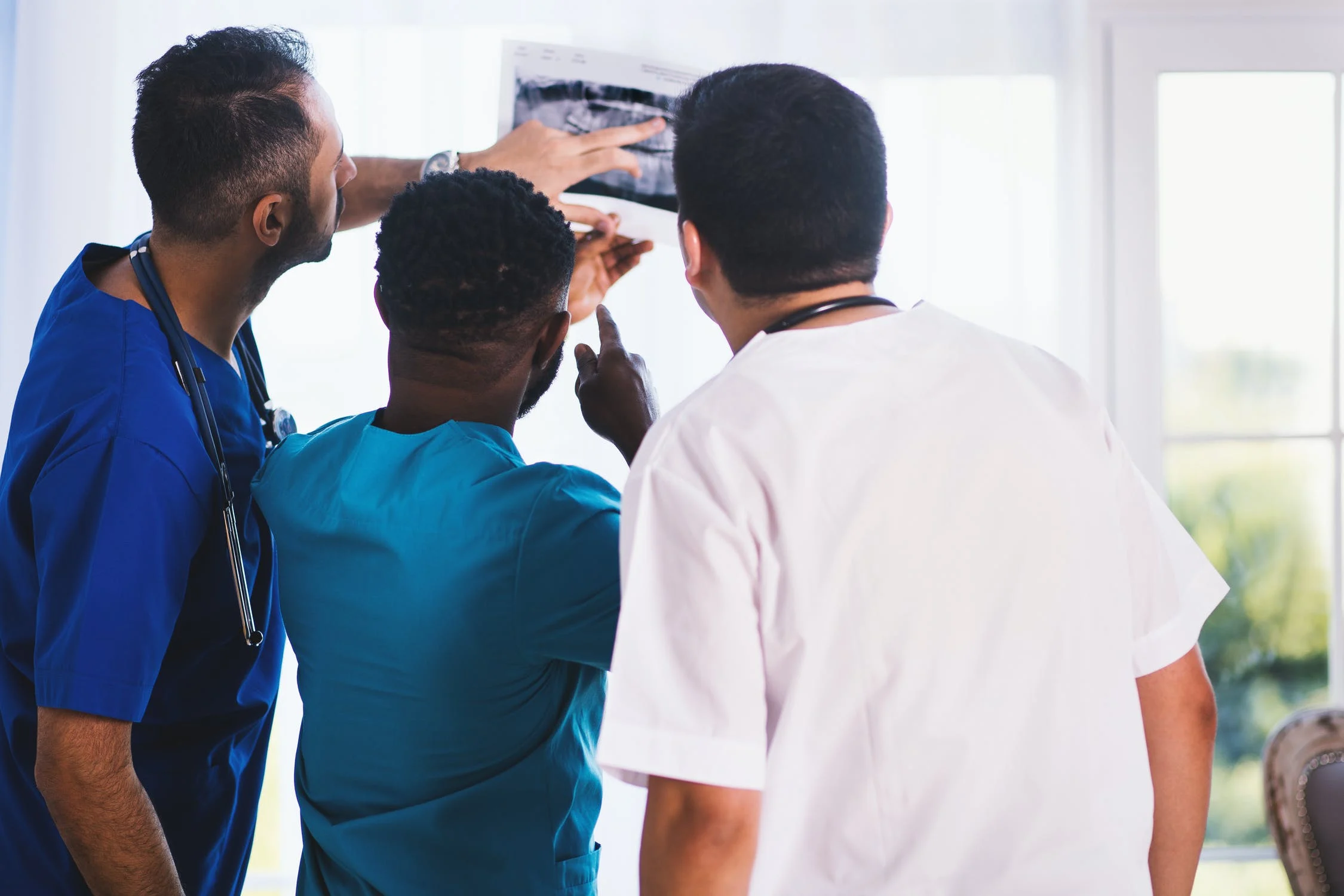
Today’s healthcare facilities know how crucial HIPAA compliance is for protecting patient data. Compliance issues and breaches can lead to thousands in fines as well as other penalties, so care needs to be taken constantly in a healthcare setting. When it comes to faxing, HIPAA compliance is crucial to prevent unauthorized access to patient data. Healthcare facilities can read below to learn more about why compliance with faxing is crucial.
Table of Contents
Still a Great Way to Send Data
Faxing is still a great way for healthcare facilities to transmit data to another facility. It allows for data to be sent and received instantly, so there is no delay in a patient’s care, and it can be done with the patient’s security in mind. Healthcare facilities will need to choose a HIPAA-compliant fax provider if they’d like to switch to digital faxing. This method provides plenty of benefits that traditional faxing doesn’t, and can be a great way to stay compliant and protect patient data.
Includes Encryption and Security
A compliant fax provider will include encryption and security that will help keep any data transferred safe. Healthcare facilities will want to understand encryption, at least the basics, to see how this can help protect patient data. When data is encrypted, even if someone can access it without authorization, they can’t view or understand the data, so it is useless. An encryption key is needed to be able to view the data. This security measure helps protect the patient data even if there is a breach.
Easier than Other Methods
Traditional faxing means keeping a fax machine in a secured location in the facility. It also involves making sure there is always paper and ink for receiving faxes, ensuring there is no unauthorized access to the faxes, uploading the documents that are faxed, and more. Digital faxing eliminates all of these concerns, making it a much easier way to fax patient data. Nothing needs to be printed, so healthcare facilities can save money, and the documents are already online and ready to be read or stored in the appropriate place.
Can be Done Remotely if Needed
With traditional faxing, the recipient would need to be at the healthcare facility to receive the incoming information. However, there is a huge increase in remote patient care and telehealth today, which means providers may not always be in their typical facility when they need to send or receive a fax. With digital faxing, this is not a problem. Remote access is available as needed and is secured, helping keep patient data safe and available for the physician.
Easy to Store and Access Faxes
Since digital faxes are able to be accessed online, it is much easier to access patient information when it’s needed. There’s no need to go look for a file before treating a patient – it can be easily pulled up on a computer in the patient’s room at any time. It’s also easier to store the data and access it again when needed since the information is already on the computer. This ease of access means less time messing around with paperwork and the ability to work faster when treating patients.
Faxing is still a great way for healthcare facilities to send and receive data, but making sure it is HIPAA-compliant is crucial. For healthcare facilities today, digital faxing may be the answer. When using digital faxing, always opt for a provider that is HIPAA-compliant.
Originally posted 2022-07-01 22:56:33.
Hello, I am a professional writer and blogger at Adclays.com. I love to explore the latest topics and write on those topics. I spend the maximum of my time on reading and writing interesting topics which provide valuable piece of information to my readers whether it comes to the latest fashion, technology, healthy lifestyle, business information, etc. Explore my writings by visiting the website.